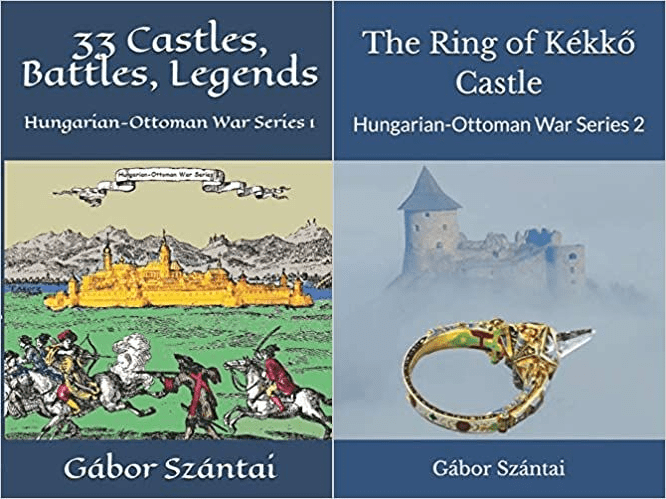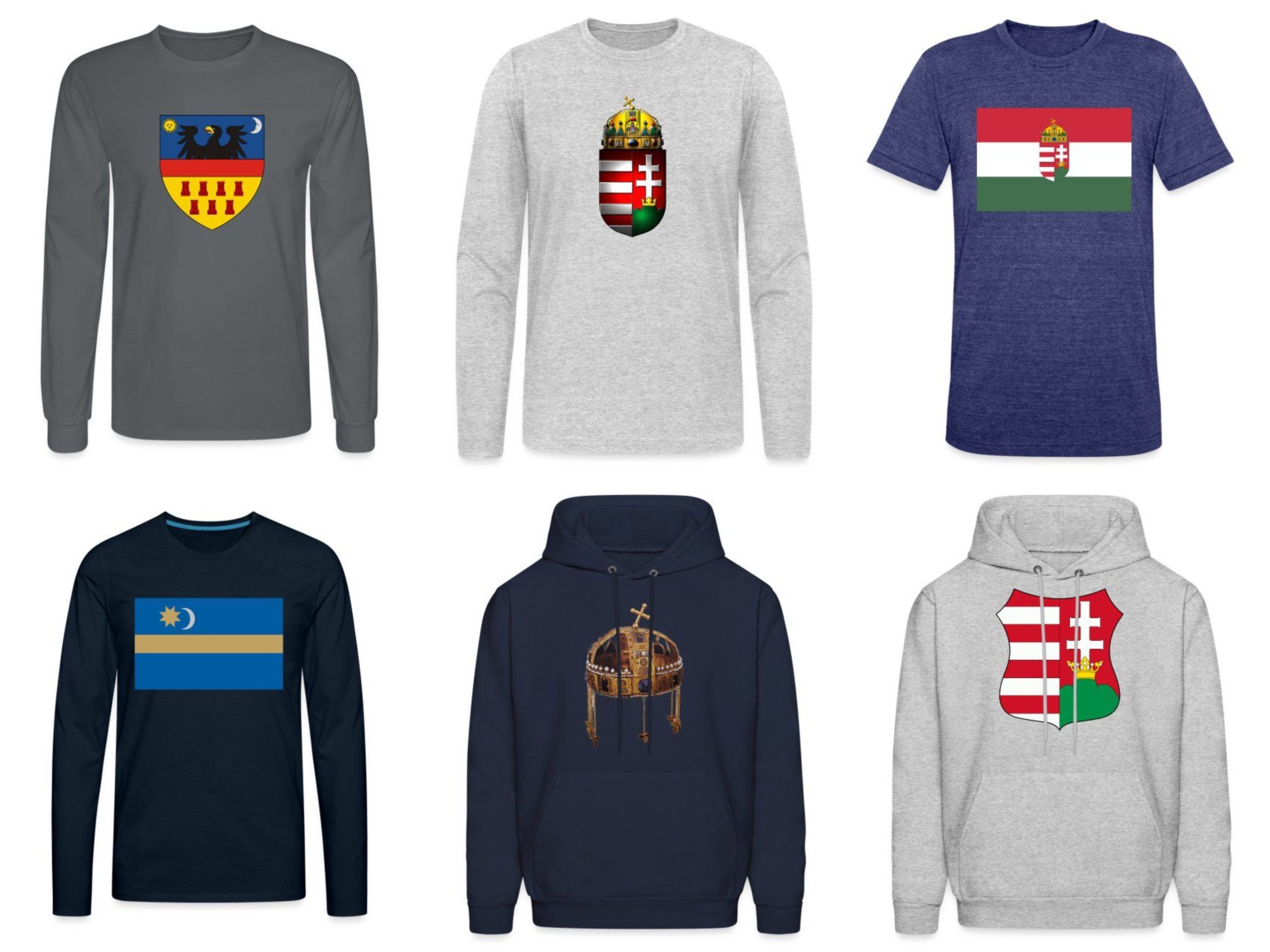The castle of Vaja is located in the town of Vaja, Hungary, in a part of the Nyírség region with small and large watercourses and swamps. It has been the property of the Vay family since the Middle Ages. Location: https://shortlurl.com/66507d0b31d23

The ancient origin of the Vay family is also indicated by the fact that King Zsigmond of Luxembourg appeared here: in 1418 he granted the coat of arms and the right to use the death penalty to one of his soldiers, Vay Titusz, for his military merits, as he actively and heroically contributed to the rescue of the king in the tragic battle of Nicopolis (September 28, 1396)…

In the center of the village, on the border of the historical counties of Szabolcs and Szatmár, next to the medieval church, there is a two-story castle built at the beginning of the 17th century, 30×10 m, with a cellar and a tower on each of its opposite corners.

In the second part of the 16th century (around 1554), or at the latest at the beginning of the 17th century, the Vay family had a rectangular (30×10 m), two-story brick castle built (without towers) with a cellar. The walls of most of the rooms were generally whitewashed and yellowish-white. The construction must have been interrupted several times, perhaps for a longer period, because the vaulting of the great hall on the ground floor is inscribed on the vaulting of the rooms, which was completed in 1650. The current rectangular, thick-walled building was built in the early 17th century in the Renaissance style.

However, the castle did not remain in this form for long. Soon after its construction, new works were started. A three-story tower was added to the northwest corner of the building. According to a plaque on the upper part of the western facade of the tower, the construction was completed in 1659 on the orders of Vay Péter.

The castle was the birthplace of the Kuruc (“anti-Habsburg”) Vay Ádám, a prominent figure in the Rákóczi War of Independence, who was the prince’s court marshal. Vay Ádám was born in May 1657. Vaja, as a geographical location in the history of the Rákóczi War of Independence, represents both a chronological and a symbolic “frame”: it is here, with a little exaggeration, that the cause of the War of Independence unfolded (1703) and was sealed (1711).

Prince Rákóczi II visited Vaja twice. At the beginning of the War of Independence, on July 19, 1703, and again during the negotiations that led to the Peace of Szatmár, he chose Vaja Castle as the venue. It is almost certain that in 1703 Rákóczi settled on the first floor of the castle, where there was a “banqueting hall”, where the negotiations probably took place.

According to the inventory of 1938, there are “authentic” furnishings here, including original furniture from the 16th and 17th centuries. In fact, just above this floor is the so-called “Rákóczi Hall” – here is a fresco painted by Lohr Ferenc in 1896 depicting the Battle of Nicopolis. The stairs between the floors went up and down in opposite directions…

During his first visit, he won over the Vay brothers, László, Mihály, and Ádám, to the cause of the uprising. Rákóczi had been in contact with the Vay brothers before, as they had also been captured by the Emperor during the Great Treason Trial and were only released from prison in Vienna in 1702. Rákóczi came to Vaja in 1703 expecting to find a helping hand in the Vay brothers. He was not disappointed, and the memory of their common sufferings easily led to a common goal: the flag “Pro Libertate” was hoisted on the castle of Vaja that very day. At the same time, Rákóczi sent Vay László to take the castle of Kisvárda.

The nobility greeted the uprising with uncertainty because they could not clearly see what Rákóczi’s aims were. Their mood is well reflected in Rákóczi’s words: “The sudden and enthusiastic uprising of the peasants shocked the nobility” because “the peasants were driven by a burning hatred against their masters”. That is why “the nobility of the counties did not know which side to take because they were equally afraid of the people and the Germans”.

Thus, the nobility of the counties retreated to fortified castles and towns to escape the general popular uprising, which was spreading over an ever larger area. The nobles of Szabolcs County sought refuge in Ibrány, Kálló, and Kisvárda. Rákóczi therefore had to win over the nobility, either with kind words or threats.

To this end, he issued the Namény Charter on July 18, calling on the nobility to save the homeland and join the popular uprising, and sent Vay László to Várda for the same purpose. He expected that the nobility of Sabolcs would listen more to a Kuruc who had become one of them from the nobility’s ranks than to a captain who had become a peasant rebel.

Vay László’s mission was not a complete success. Instead of persuading the nobility to join him in Kisvárda Castle, Rákóczi had to be content with the declaration that no hostile acts would be committed behind his back. From the beginning, the Vays supported the prince with all their heart and soul. Vay Ádám followed Rákóczi, who appointed him court marshal after the conquest of Kálló Castle.

Later on 31 January 1711, Rákóczi negotiated here with Count Pálffy János, the Croatian Bán (Duke) and commander of the Habsburg armed forces, about a possible surrender of arms. In his memoirs, he wrote about this meeting:
“…..I was led by a sincere desire for the love and peace of my country to Vaja, to meet there with General Pálffy… I arrived there in the evening. General Pálffy and I stayed in the same castle. He arrived before me and received me outside, when I dismounted from my horse….when alone with Pálffy he assured me of the Emperor’s goodwill and urged me to write a letter of homage to the Emperor, and if I did so he would assure me that the Emperor would grant to the nation as well as to the Transylvanian people all their liberties under the law and a general pardon to all those still in arms. And as for my person, there is no honor, dignity, favor, wealth, which I cannot hope for, with the exception of the Principality of Transylvania.”

The prince refused the personal benefits offered but promised to write a proper letter to the emperor within three days. He wanted to discuss the promises for the nation with the Senate and the allied estates first. They negotiated with Pálffy until late at night and, as he writes, left at the same time early the next morning.

The castle, fortunately, survived the War of Independence, and as it was not among the Hungarian castles condemned to destruction, it was not blown up by the imperial engineers. According to the census of 1712, the mansion with its outbuildings and garden was valued at only five hundred forints, so it must have been neglected at that time.

After the fall of the War of Independence, the Vay family’s desire to build did not diminish. It is likely that the next generation expanded the building. At this time, a three-story tower with a basement was added to the southeast corner of the castle.
It can be said that by the first half of the 18th century at the latest, or at least in less than 80-91 years, the castle had acquired its final form, spatial and plan layout, which is still valid today. The person who ordered the Baroque-era works was probably Vay László, who is believed to be the builder of the Golopi castle owned by the family.

The building’s openings, the plaster architecture of its façades, and the painting of its interior spaces were largely determined by the Romantic (Gothic) renovation at the end of the 19th century. Around the turn of the century, but before 1906 (1906, when Vay Ádám Vay’s remains were brought home), the castle was redecorated and the façades repainted. The fresco in the second-floor great hall was also painted at this time.

Finally, in the 1920s, plumbing was introduced and the toilet was modernized (a shaft in the wall was fitted with pipes). After that, no significant renovations were made to the castle until the 1950s.
The castle, neglected over the decades, was restored by the OMF (National Monument Inspectorate) between 1960-62. Ágostházi László was commissioned to draw up the plans, while Krámer Márts and Párner Nóra were entrusted with the art historical and archaeological research. As a result of their interventions, the Romantic system of openings, which had been common in the second half of the 19th century and had dominated the facades of the building, was eliminated.

There is no doubt that the restoration of 1960-62 was aimed at restoring the Renaissance windows of the second half of the 19th century, which had been demolished, instead of the Romantic openings of the second half of the 19th century, on the basis of the “in situ” (i.e. in its original place) Renaissance window with a profiled stone frame and without a partition, which was dismantled on the second floor of the northern wall of the building.

During the reconstruction, the stone frames found during the research – repaired and completed – were placed in some of the openings. The outer half of the windows, for which no stone frames were found, were covered with limestone slabs set on their sides. Here, the widths of the former elbow and eyebrow sills, as well as the stem stones, were marked by a line scratched into the plaster. The Renaissance plasterwork, which survives over a significant area, has been preserved.

By demolishing the partition walls (built after 1950) that cut up the rooms of the castle and by blocking up some secondary door and window openings, Ágostházi László and his colleagues restored the original layout of the rooms and the opening system that had been established in the first half of the 18th century. A significant change is the removal of the Romantic paintwork in the second-floor great hall, which matches the pointed-arched windows.

By the mid-1990s, the castle was once again in need of a complete renovation, preceded by a so-called “authentication” study of the building. The work, which began in 1996, was completed in 2001.
The (castle) castle in Vaja has a beautifully furnished exhibition and a tidy, well-kept environment that (also) recalls the Kuruc period.

Source: https://vajavar.hu/index.php/hu/kezdolap/epitestortenet
Dear Readers, I can only make this content available through small donations or by selling my books or T-shirts:
Please, support me with a single donation by inviting me for a coffee here: https://www.buymeacoffee.com/duhoxoxa
You can check out my books on Amazon or Draft2Digital, they are available in hardcover, paperback, or ebook:
https://www.amazon.com/dp/198020490X or at https://books2read.com/b/boYd81

My work can also be followed and supported on Patreon: Become a Patron!http://Become a Patron!

Please, subscribe to my newsletter and support the spread of Hungarian history:https://shorturl.at/nsFZ2
Donations can be sent by PayPal, too: https://shorturl.at/qrQR5

Here are more pictures of Vaja:





































